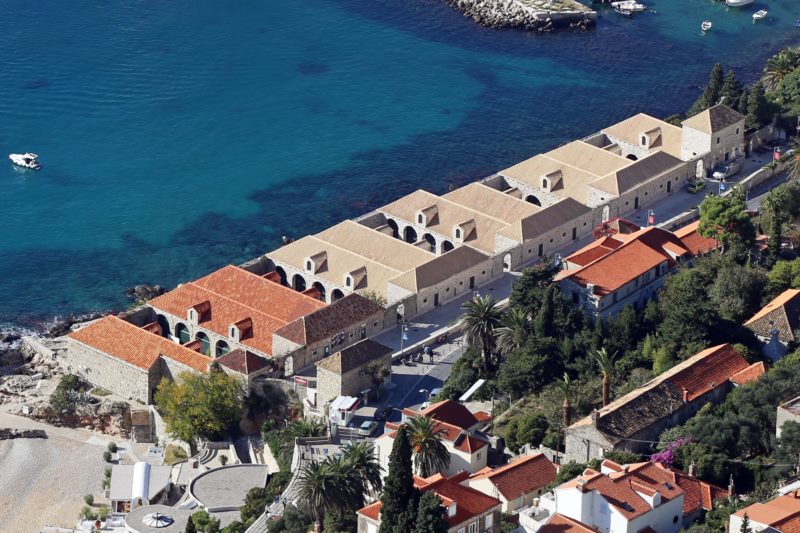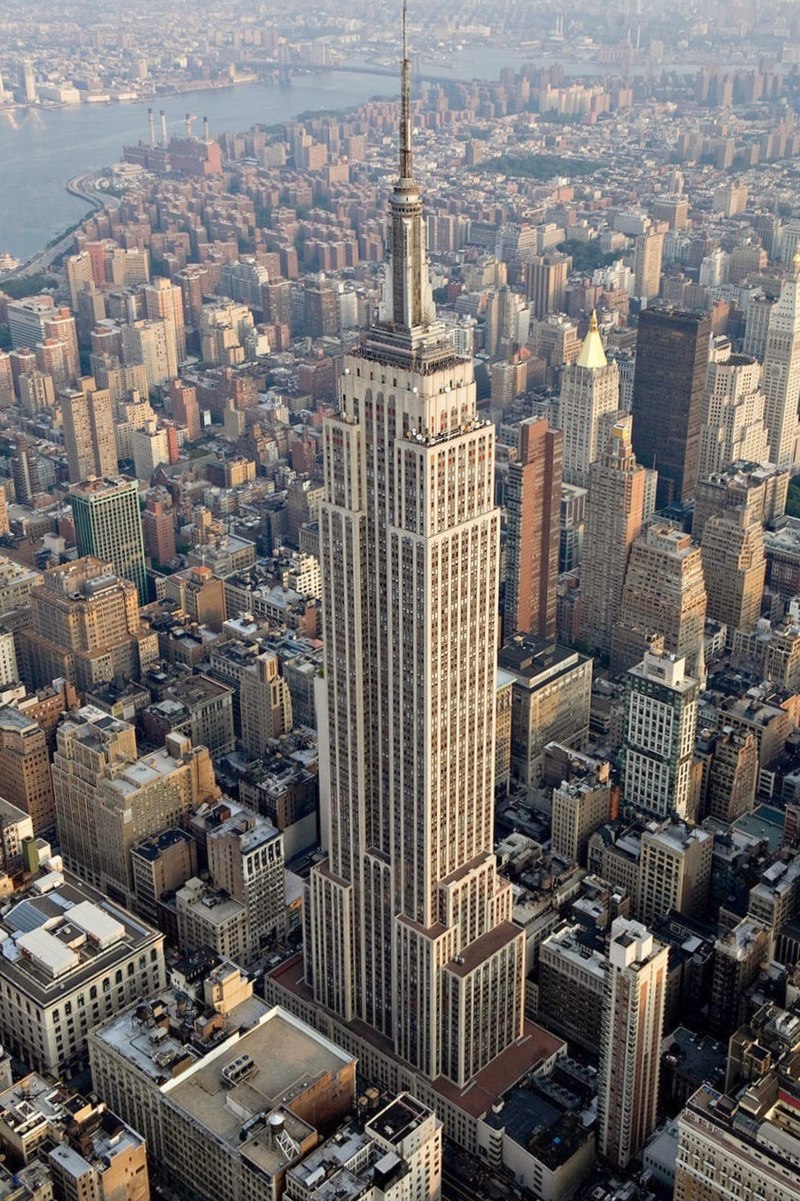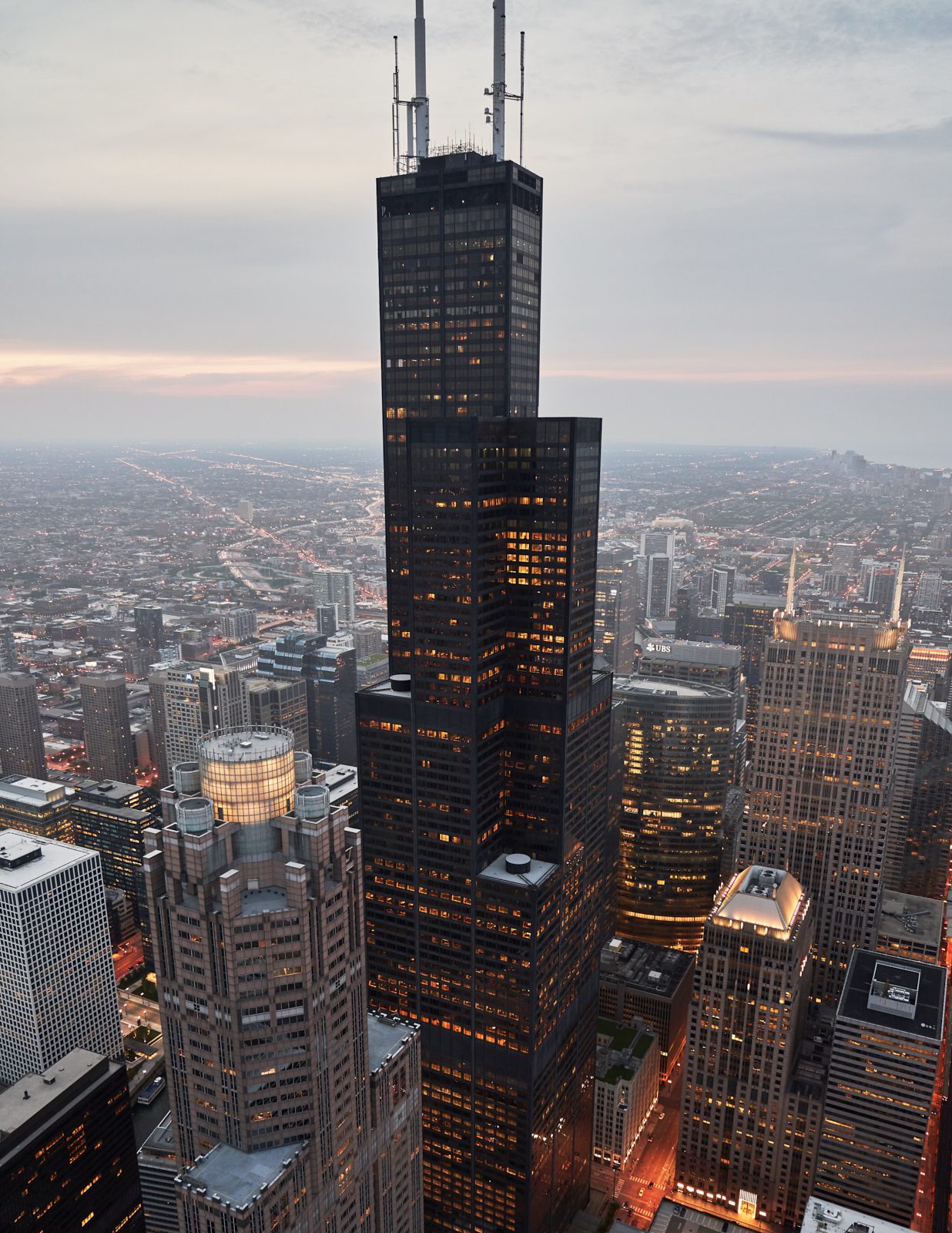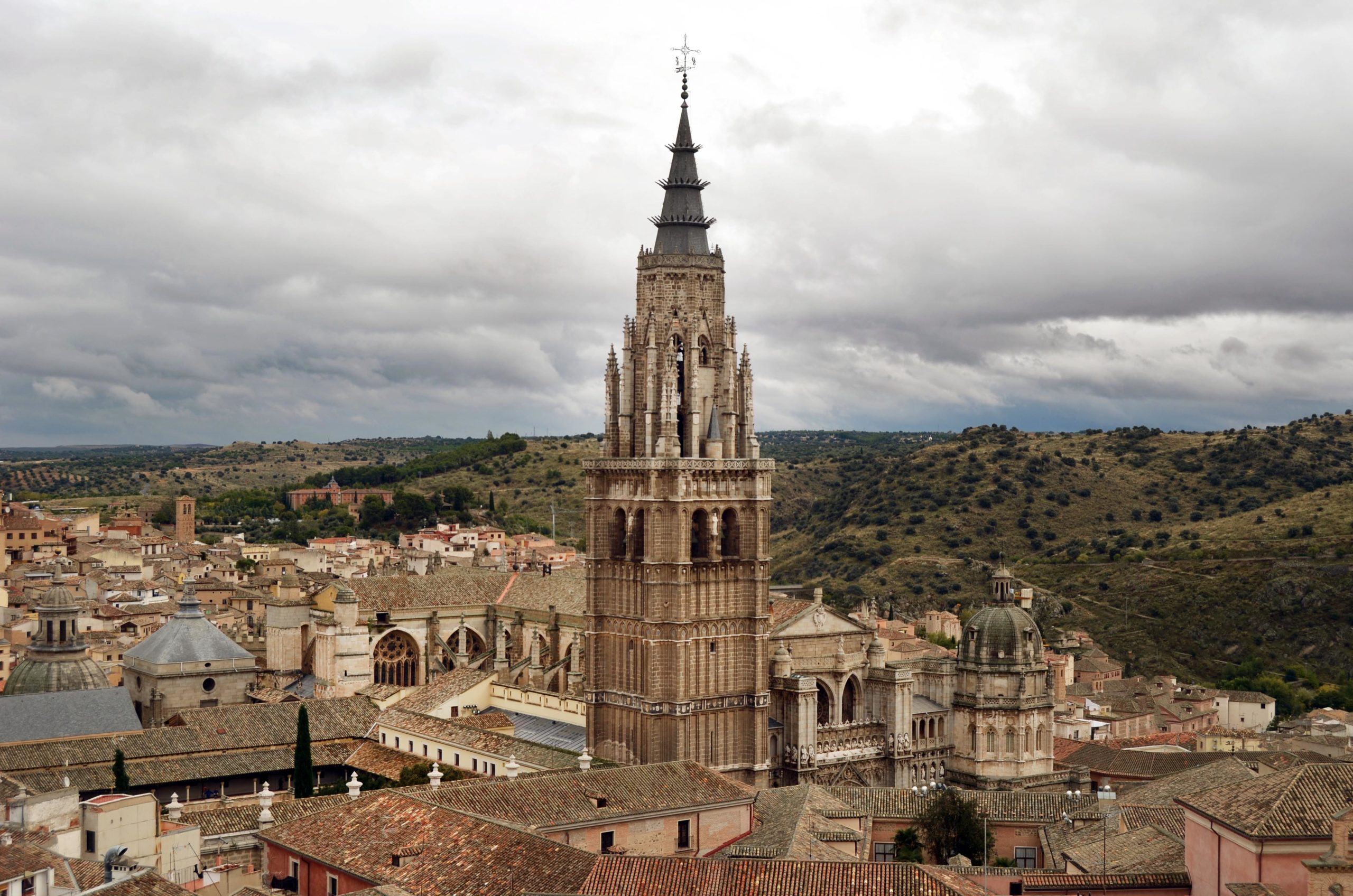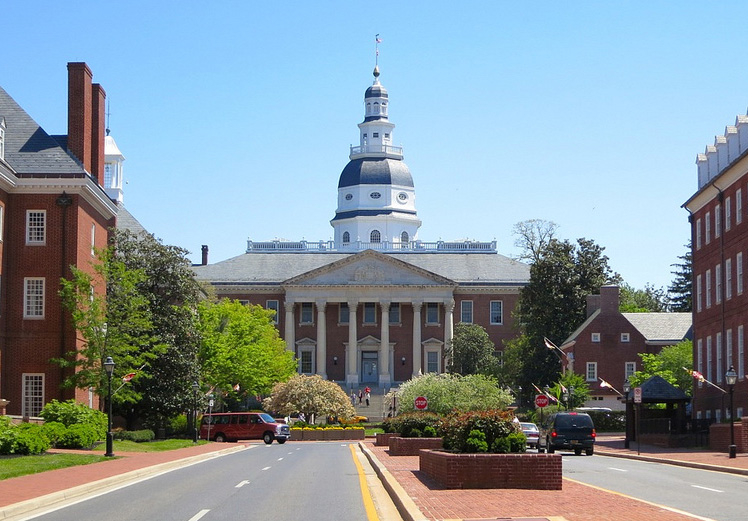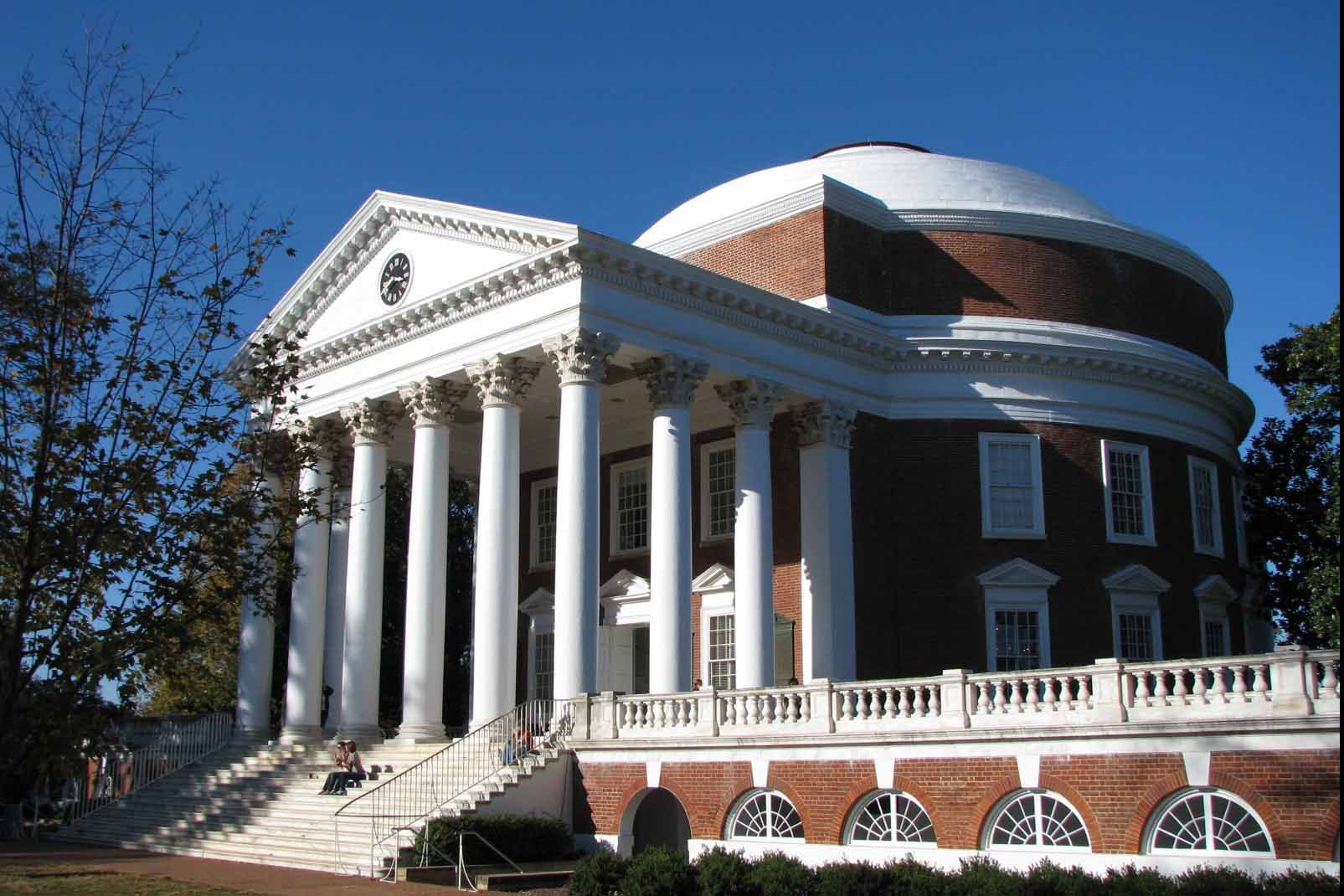Modern insulation materials can do better, though take some weird care in setup to last and are extremely rarely implemented as such because nobody plans the decades to centuries it takes for it to be cheaper than just running up the electric bill or replacing cheap foam.
The ancient methods of building things are very "First Order Optimal", and that extends to pretty much everything pre-scientific. My overall opinion on organized religion is that it's a factory for cargo-cult ethics; the priesthood are the factory workers, the outside worshippers are the cargo-cultists.
The particular example of the Catholic Church served the rather important function of stitching together a new social contract to replace that of the Pax Romana, which itself replaced the disorganized polytheistic worldviews of antiquity with state-mandated syncretism to pull everything into the Roman worldview without quite having a proper Church.
Pretty much everything you despise about modernity is the messy clusterfuck of some people trying to fix the old factory (your lot), others trying to build a new one (protestants and elitist ideologues), a few trying to be rid of the cargo-cultism (anarchists and a handful of weird technocrats), and the many opportunistic sociopaths taking advantage of the previous three not having resolved the problem of the fragmented social contract yet.
It's not some specific set of ideas, it's the absence of a specific set of ideas. "Modernists" go at eachother's throat over very real and major contradictions stronger than your own with some of them, but you're so caught up on them lacking a pedigree that you can't understand it hasn't been a clean "Us vs. Them" since Sola Scriptura scattered the Protestant Reformation to the winds.
Although your terminology is different from my own, and (perhaps unintentionally) a bit more dismissive of the importance and the positive function of religion, I am in agreement with your general argument.
My main addition here is that every society
needs a form of structure that goes beyond the merely political, or even the purely social-- which is the function fulflled by organised religion. Once organised religion falls away, you get discord and cultism, which often causes pretty unpleasant excesses.
In that sense, I think your last paragraph in particular may need revision. Fervent Modernists go against each other a lot, because they're by definition a bunch of loonies pulling in all sorts of directions. They
are all fundamentally defined by being enemies of the traditional (universal) structure that came before, however. So in that sense, there really
is an us-versus-them. Specifically between those who seek a return to the stability of a universalist order, and those who wish to perpetuate chaos and division.
As the Chinese proverb goes: long unity brings division, long division prompts unity. Seen in that light, the age of chaos and division (the age of warring nation-states, a.k.a. Modernity) was inevitable. But by that same light, the end of Modernity and the triumph of stability and universalism is
also inevitable. And what is the key characteristic of any stable, universalist system? That's right: a commitment to tradition.
It doesn't even matter that much which specific traditional forms are chosen, the underlying motivations are always the same, being
universal. But in the context of Western civilisation, just look at the through-line of politicial, social, religious -- and, yes,
aesthetic -- attitudes that have been fairly consistently regarded as "traditional" ever since the days of Charlemagne... and then you'll have a fairly good sense of what "the world after Modernity" will also look like.
But I'm drifting off-topic, so let's get back to architecture!
Another thing to note, a lot of the greebly bits of Gothic architecture that people seem to like so much aren't there for ornamentation. Things like the Flying Buttress and all those arches and columns aren't there because they look good, they're there because they had to be, they're structural aspects. Architecture moved away from those not because of any aesthetic reason, but due to material science advancing and making them no longer required for construction on that scale. Honestly, I prefer Art Deco and Neoclassical over Neogothic, but then, I prefer elegance over greeblies.
Both of these are examples of the Gothic style that some folks seem to love, and you'll note that the middle sections of those towers are much plainer and less ornate than the street level or top. Almost like that's a tower thing regardless of architectural style.
Key point here is relatively. Yes, both are less adorned along the middle... but where Chrysler building is just a bunch of squares, Gothic buildings are far more elegant.
I think
@Aldarion's point is valid, here. I'll additionally note that it's a bit unfair to dismiss the decorative elements of the Gothic style as being mostly just structural. Certainly, that practicality and the nature of the materials and the techniques played a role... but that certainly doesn't cover all of it. For instance, all those gargoyles often served a practical purpose (spouting drain-water), but those spouts didn't
have to be decorative. Yet they were. That was a deliberate choice. (And we see that purely aesthetical motivation reflected in the eagles jutting out of the Chrysler building's top section. Again: it's so pleasing to us because it's functionally an updated version of a pretty traditional design.)
In the same way, one may well prefer neo-classical architecture, which has its own way of "instantiating", as it were, timeless forms that are always pleasing to the human eye. But note how those, too, have many purely decorative elements. "Greebly bits". Just look at the top of a pillar in such a design, and you'll soon see it. Just as you can see it in ancient temples. When you remove all such "useless" decoration, the style rapidly loses much of it appeal. If you then also abandon the traditional commitment to the right
proportions.... well, then you get the kind of oppressive, concrete-built
imitation bullshit that the likes of Hitler wanted to put everywhere. (Hitler, of course, was a product of Modernity if ever there was one!)
Deliberately making somehing
beautiful in't something superfluous. It's actually a vital element of what makes a building
useful. Modernists fail to understand this. They also refuse to accept that certain things are
inherently beautiful to (sane) humans; that certain shapes and alignments and proportions are
objectively superior. This combination of stupidity and willful blindness has produced the ugliest, least useful architecture ever made in human history.
A hut made of sticks and mud in the heart of the Congo is more aesthetically pleasing than a brutalist abomination.
why are you so fascinated by gothic architecture?
Gothic buildings were designed to convey a specific set of emotions, to evoke the wonder of God in those who beheld them, and in general, they were sucsessful.
Just to add a bit of a tangent to this: the Gothic style is particularly close to the heart of Western traditionalists because it is the defining style of our civilisation. Neo-Classical, for instance, is absolutely stunning, but is still derived from (as the name implies!) the style of the preceding Classical civilisation. The Gothic style is
ours. It is a cultural expression of our aesthetic values. And our aesthetic values are ultimately derived from our more fundamental conceptions of what is inherently meaningful and important.
Oswald Spengler, by the way, observed that the Gothic cathedral, seen from within, resembles the forest. The tall trees and their high branches, reflected in stone. He views the forest as the sacred place of our most ancient ancestors, and tells us that the shape of the forest will always have a special meaning for us because of it. Our aesthetics express our heart-felt sense of home, and of familiarity, and of our deepest connection to something holy.
What the fuck does a block of concrete express, huh?



